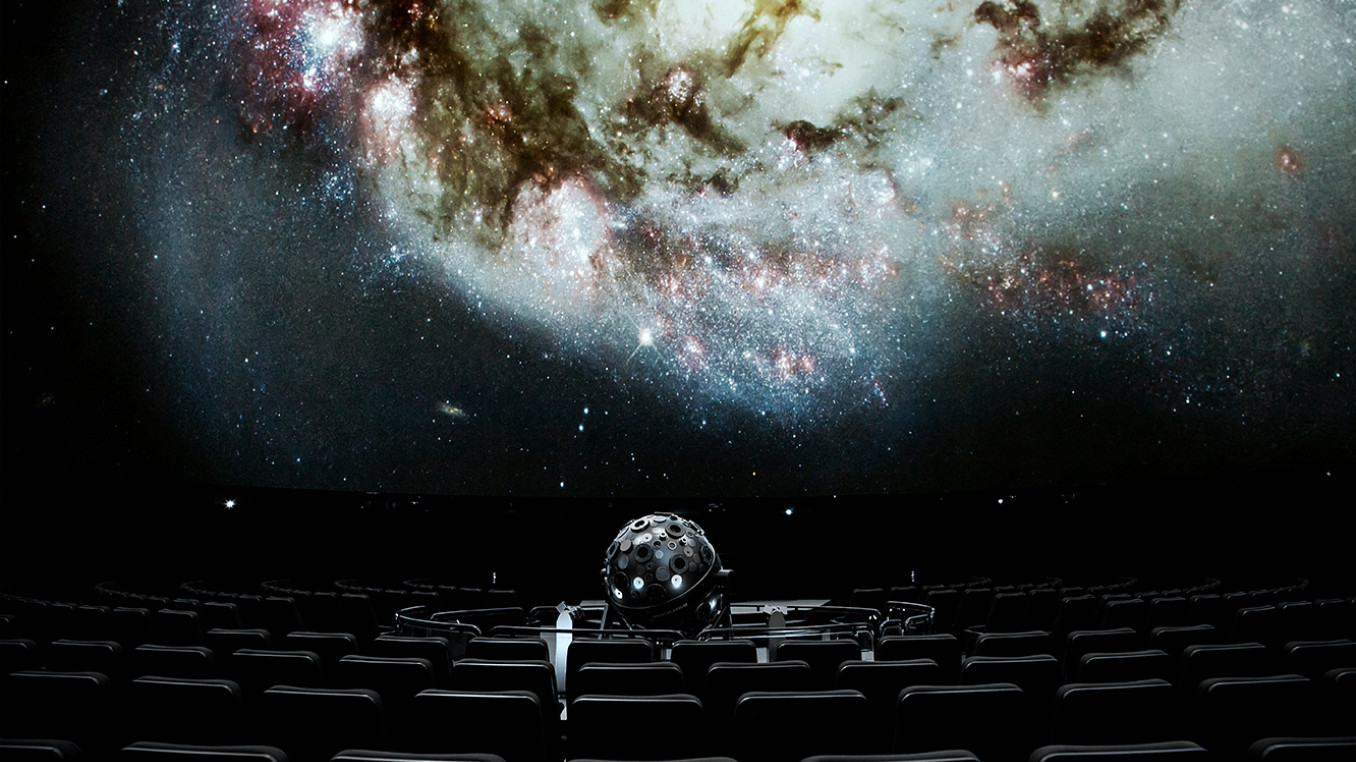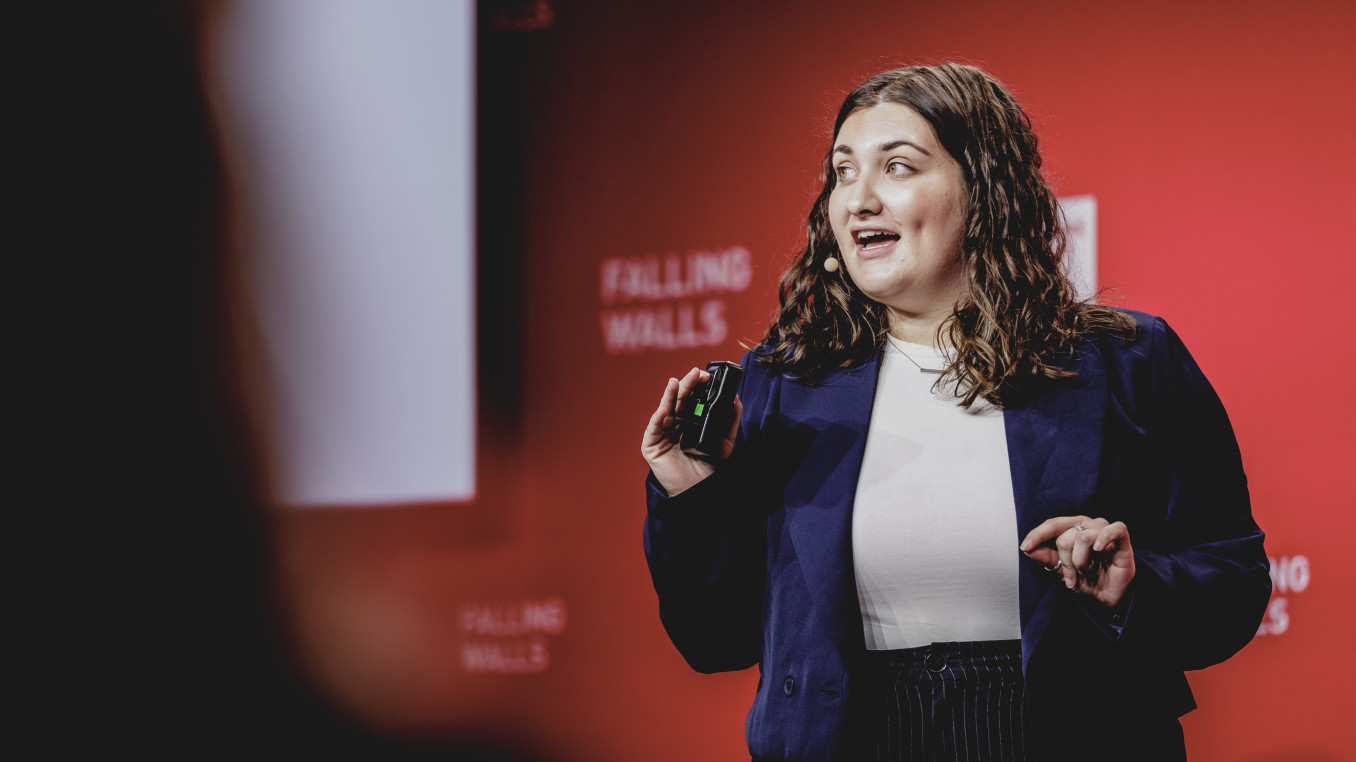Breaking the Wall of Miniaturisation in Nanotechnology
Breaking the Wall of Miniaturisation in Nanotechnology
Global Call 2025 Finalist Interview: Physical Sciences
Richard Norte is on the faculty at TU Delft, where he pioneers nanotechnologies for quantum sensing, photonic computing and space propulsion. He holds degrees from Stanford (BSc) and Caltech (PhD), and his work has appeared in Nature, Science and Scientific American. He received a $2.5M ERC Starting Grant and develops optical and mechanical systems that push the limits of precision and functionality at the nanoscale.
Which wall does your research or project break?
Breaking the Wall of Miniaturisation in Nanotechnology
For decades, progress in nanotechnology has followed the path of miniaturisation: shrinking components in all dimensions to pack more function into less space. But as Moore’s Law reaches its physical limits, this trajectory is breaking down. My research challenges the assumption that smaller is always better. Instead, we’re pioneering a radically different approach–creating free-standing nanostructures that are only nanometres thick but extend laterally over centimetres, achieving extreme aspect ratios impossible at the macroscale.
At these scales, gravity and traditional mechanical limits no longer dominate. This opens the door to novel structures with unique mechanical, optical and quantum properties. Our lab fabricates and studies these structures to push the limits of measurement, computation and motion. They serve as mirrors for interstellar lightsails, platforms for ultra-sensitive room-temperature force sensing and the backbone of scalable quantum hardware.
The barrier we break is conceptual and technological: we are redefining what nanotechnology looks like–not just making things smaller, but creating functional, extreme-aspect-ratio components that outperform classical designs. This shift opens up new frontiers in physics, enabling experiments to probe the gravitational interaction between distant masses or test the limits of quantum theory itself. It also creates opportunities in engineering such as ultralow-power photonic computing and chip-scale instruments for space exploration.
What is the main goal of your research or project?
The main goal of my research is to explore how nanostructures with extreme aspect ratios–nanometres in thickness but centimetres in width or length–can unlock new functionalities in sensing, computing and fundamental physics. Unlike traditional nanotechnology, which scales all dimensions down equally, our approach creates structures that are radically thin yet macroscopically extended. These devices behave in ways that defy classical expectations and are uniquely suited to optical and mechanical integration at the quantum level.
We aim to develop the materials, fabrication techniques and measurement tools necessary to turn these novel nanostructures into platforms for discovery. On one front, we use them to probe quantum forces such as the Casimir effect with unprecedented sensitivity, revealing connections between quantum fluctuations and condensed matter systems like superconductors. On another, we use their mechanical and optical properties to build sensors capable of measuring incredibly weak forces– potentially even gravitational signals between objects kilometres apart, all at room temperature.
We also explore applications beyond the lab: from mirror membranes for interstellar laser propulsion to chip-scale devices that can perform powerful optical computations. All of this hinges on a fundamental shift in how we conceive and engineer nanotechnology.
Ultimately, our goal is to build the next generation of functional nanosystems–not by continuing to shrink components in every direction, but by mastering the physics and engineering of ultra-thin, ultra-precise, large-area nanostructures that can drive both scientific discovery and practical innovation.
What advice would you give to young scientists or students interested in pursuing a career in research, or to your younger self starting in science?
The most important advice I can give is: don’t compare your path to anyone else’s. Science thrives on different ways of thinking, and your quirks, odd strengths and even the things you might not like about yourself can shape how you see problems in a completely original way. What matters most is doing work that genuinely fits you. Let your interests guide you, not someone else's definition of success.
To stay in science long enough to do something meaningful, you need to enjoy the process. That means finding an environment where you’re surrounded by people who make research engaging, challenging and fun. It also means finding mentors who support not just your work but your development as a person. If I could go back, I’d tell myself to choose an advisor carefully. Not just by looking at impressive papers, but by talking to their students. Do they describe the advisor as supportive and encouraging? Do they feel seen, respected and guided? That matters more than most people realise. Great science can lose its spark under poor mentorship.
Failures and dead ends will come, and they often feel like disasters at the time. But I’ve learned they can open up completely new paths that you never would have found otherwise. A missed opportunity might redirect you toward a better one. You never know where the next idea or collaboration will come from.
What inspired you to be in the profession you are today?
I just wanted to see what is possible in this world. What are the limits? Can it be done? Can it be known? That question still drives me.
What impact does your research or project have on society?
You never really know, but I think we’re about to see a new era of nanotechnology emerge now that Moore’s Law has reached its limits. My work explores what comes next—ultrathin structures that could impact everything from space exploration to optical and quantum computing.
What is one surprising fact about your research or project that people might not know?
At the nanoscale, you can build structures so thin and strong that, if scaled to our size, they'd be kilometres long without sagging under their own weight. These seemingly impossible architectures are not only real; they're turning out to be crucial for answering some of physics' biggest questions.
What’s the most exciting moment you've experienced over the course of your research or project?
There’s something incredible about designing every mechanical detail, simulating it, writing the lithography files and then finally holding the structure in your hands and seeing its intricacy up close. It’s surreal that something so large and delicate can be real.

